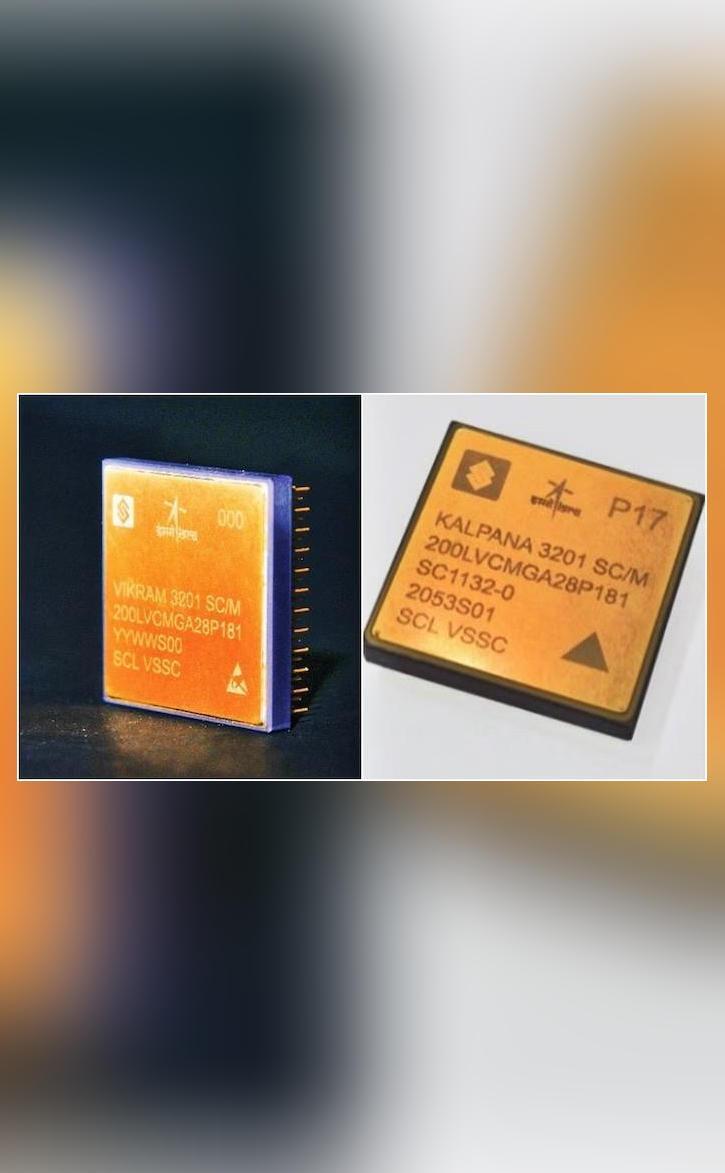
ISRO & SCL Develop 32-bit Microprocessors for Space Applications
In a significant achievement for the Indian space industry, the Indian Space Research Organisation (ISRO) and the Semiconductor Laboratory (SCL) in Chandigarh have jointly developed two 32-bit microprocessors, VIKRAM3201 and KALPANA3201. These microprocessors have been designed specifically for space applications, marking a major milestone in India’s efforts to reduce its dependence on foreign technology.
VIKRAM3201, in particular, is a significant development, as it is the first fully “Make-in-India” 32-bit microprocessor that has been qualified for use in the harsh environmental conditions of launch vehicles. This achievement is a testament to India’s capabilities in developing high-tech products, and it is expected to have a significant impact on the country’s space program.
The development of these microprocessors is a result of a collaborative effort between ISRO and SCL, with the latter providing the necessary expertise and facilities to design and manufacture the microprocessors. The project was initiated in 2015, and it has taken several years of rigorous testing and validation to achieve the required standards.
So, what makes VIKRAM3201 and KALPANA3201 so special? For starters, both microprocessors are designed to operate in extreme environments, with temperatures ranging from -20°C to 100°C, and are capable of withstanding the intense vibrations and shocks associated with launch and space travel.
The microprocessors are also designed to be highly reliable, with a Mean Time Between Failures (MTBF) of over 100,000 hours, which is significantly higher than the industry average. This is crucial for space applications, where the failure of a single component can have catastrophic consequences.
VIKRAM3201, in particular, is a 32-bit RISC (Reduced Instruction Set Computing) microprocessor that is designed to operate at a clock speed of up to 100 MHz. It has a large memory space of 4 GB, and is capable of executing up to 100 million instructions per second. The microprocessor is also designed to be highly power-efficient, with a power consumption of just 1.5 watts.
KALPANA3201, on the other hand, is a 32-bit ARM-based microprocessor that is designed to operate at a clock speed of up to 200 MHz. It has a large memory space of 8 GB, and is capable of executing up to 200 million instructions per second. The microprocessor is also designed to be highly reliable, with a MTBF of over 200,000 hours.
The development of these microprocessors is expected to have a significant impact on India’s space program, as it will enable the country to reduce its dependence on foreign technology. The microprocessors will be used in a range of space applications, including launch vehicles, satellites, and spacecraft.
The success of the VIKRAM3201 and KALPANA3201 projects is a testament to the capabilities of Indian engineers and scientists, and it demonstrates the country’s ability to develop complex technologies. The project is also expected to create a ripple effect in the Indian electronics industry, as it will stimulate the development of new products and technologies.
In conclusion, the development of VIKRAM3201 and KALPANA3201 by ISRO and SCL is a significant achievement for India’s space industry. These microprocessors are designed to operate in extreme environments, are highly reliable, and are capable of executing complex instructions at high speeds. The development of these microprocessors is expected to have a significant impact on India’s space program, and it demonstrates the country’s ability to develop complex technologies.






